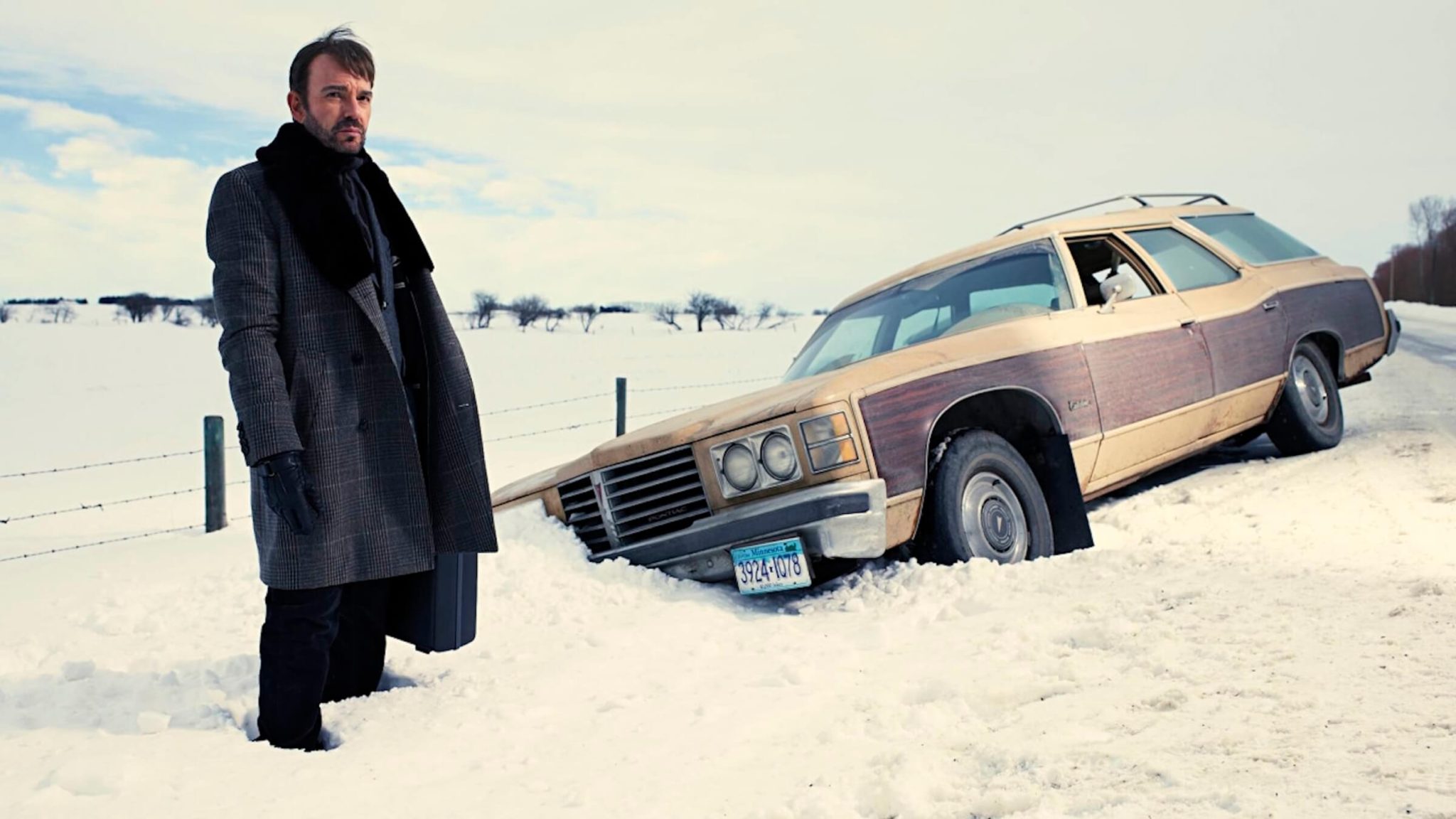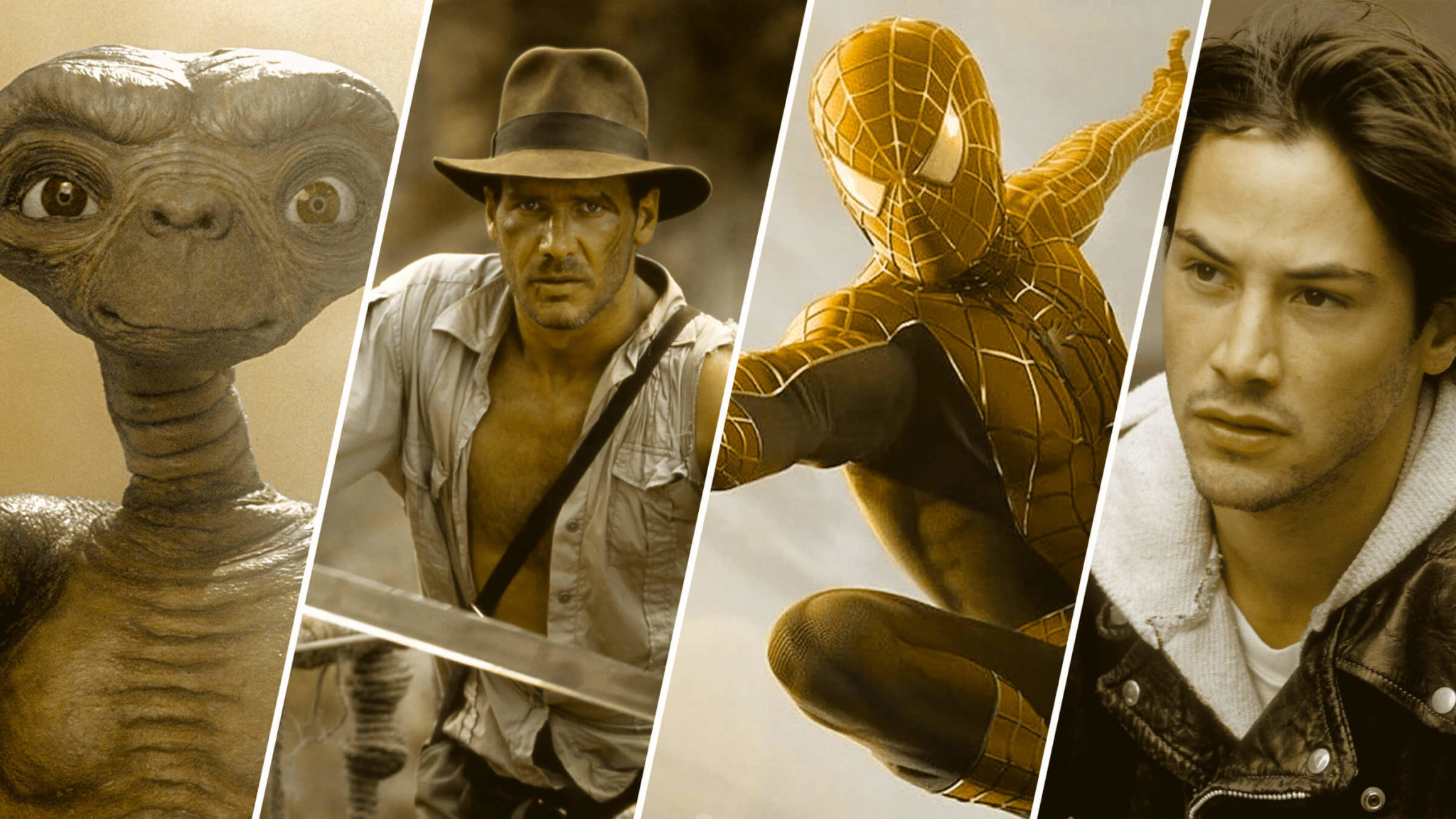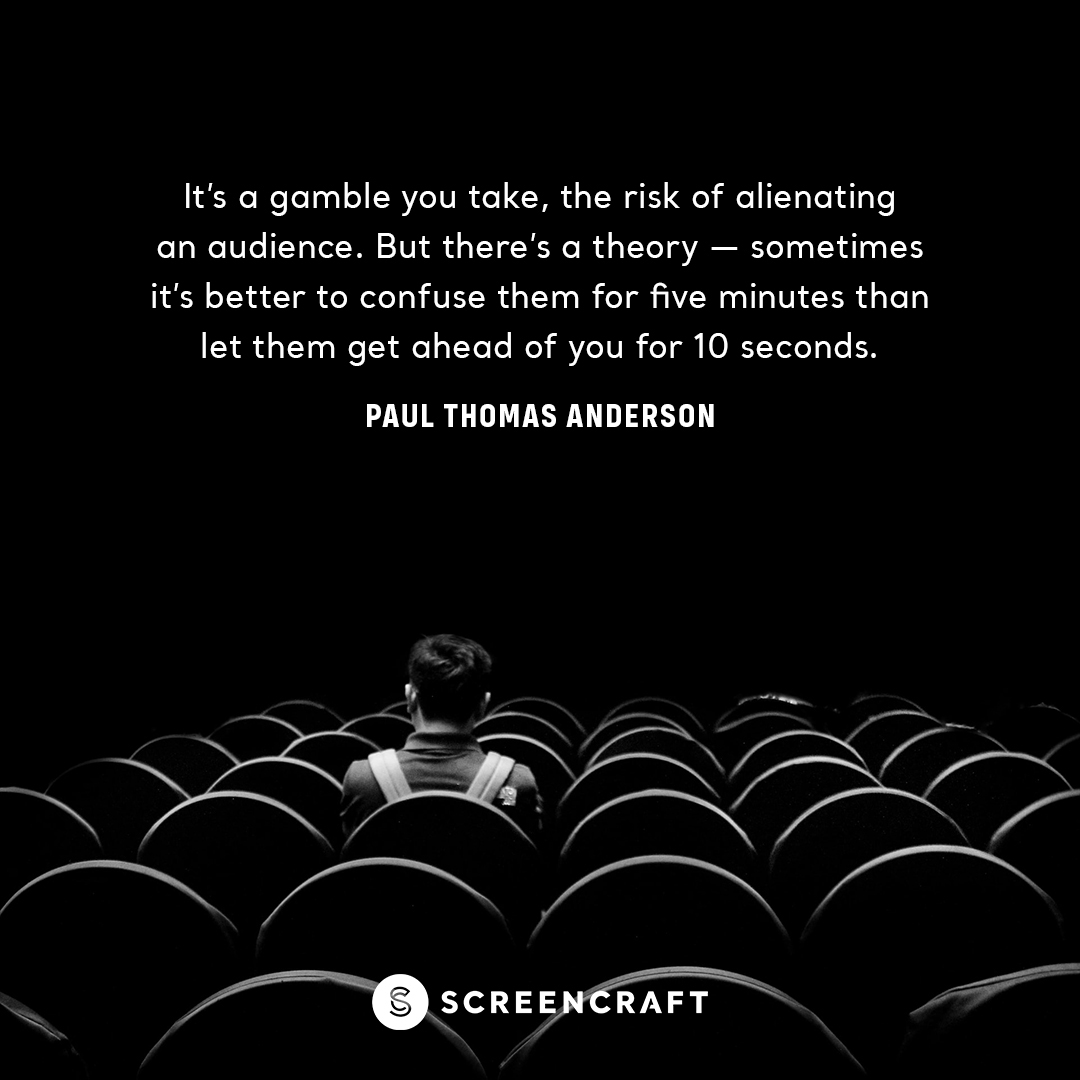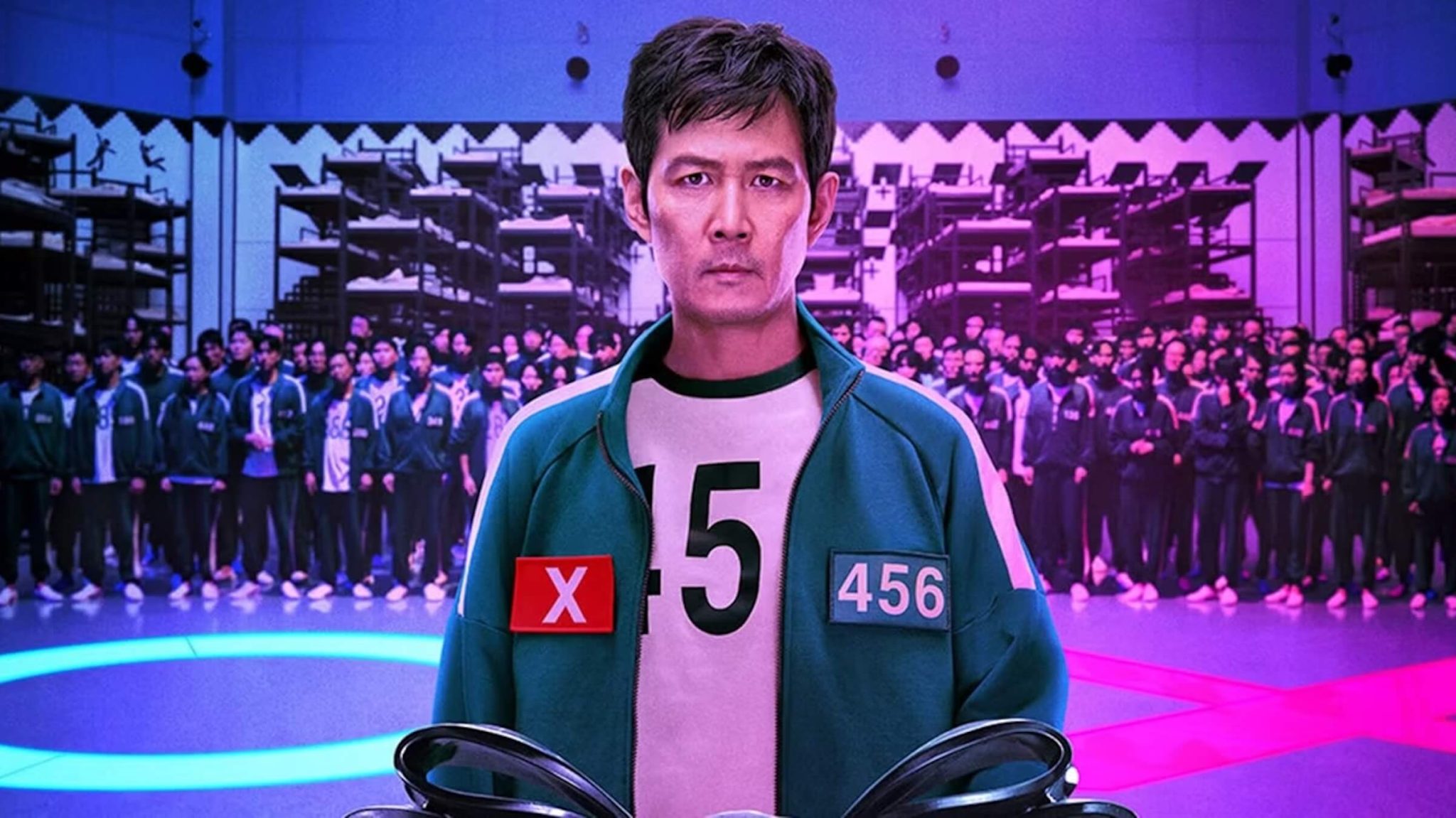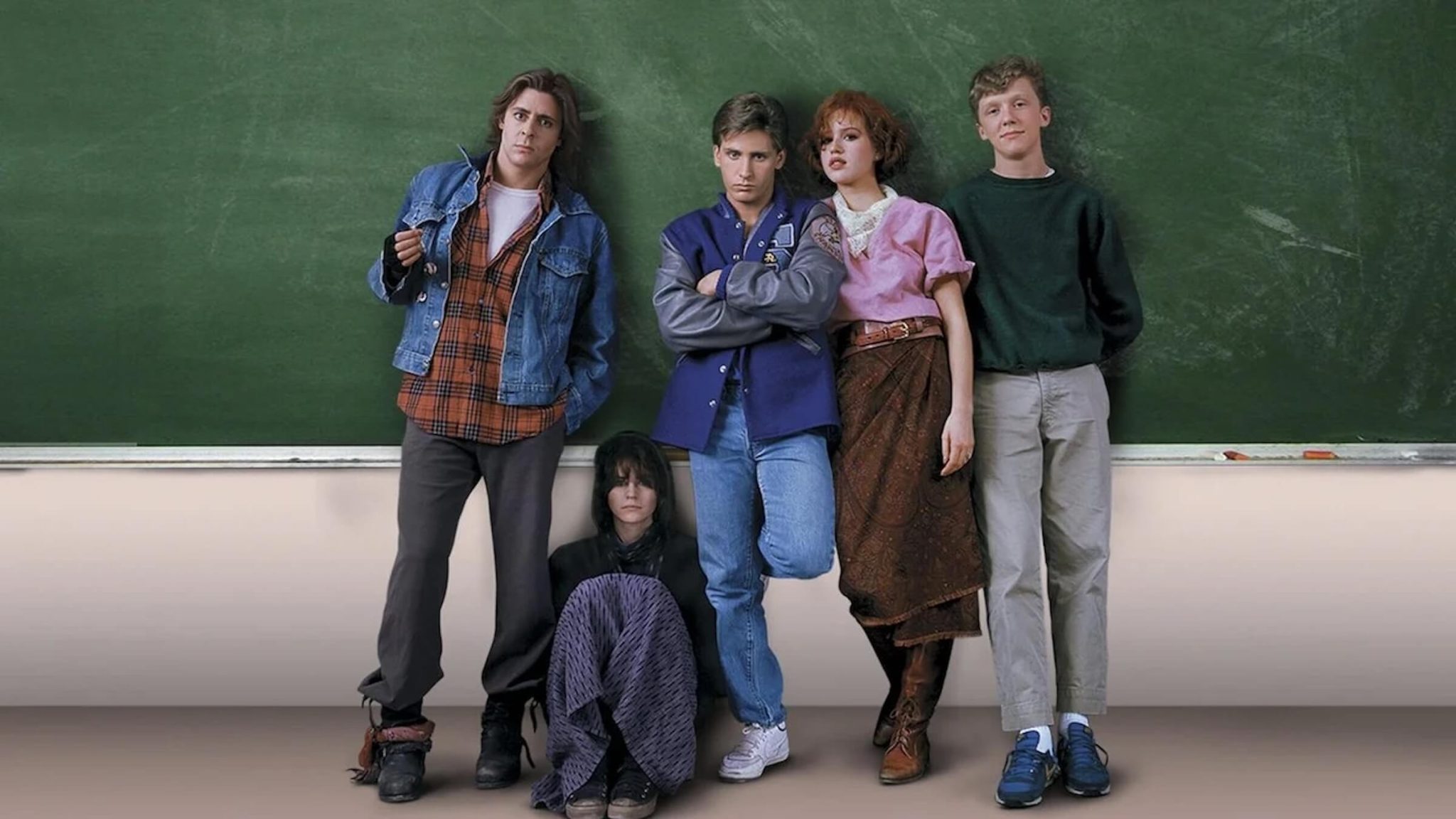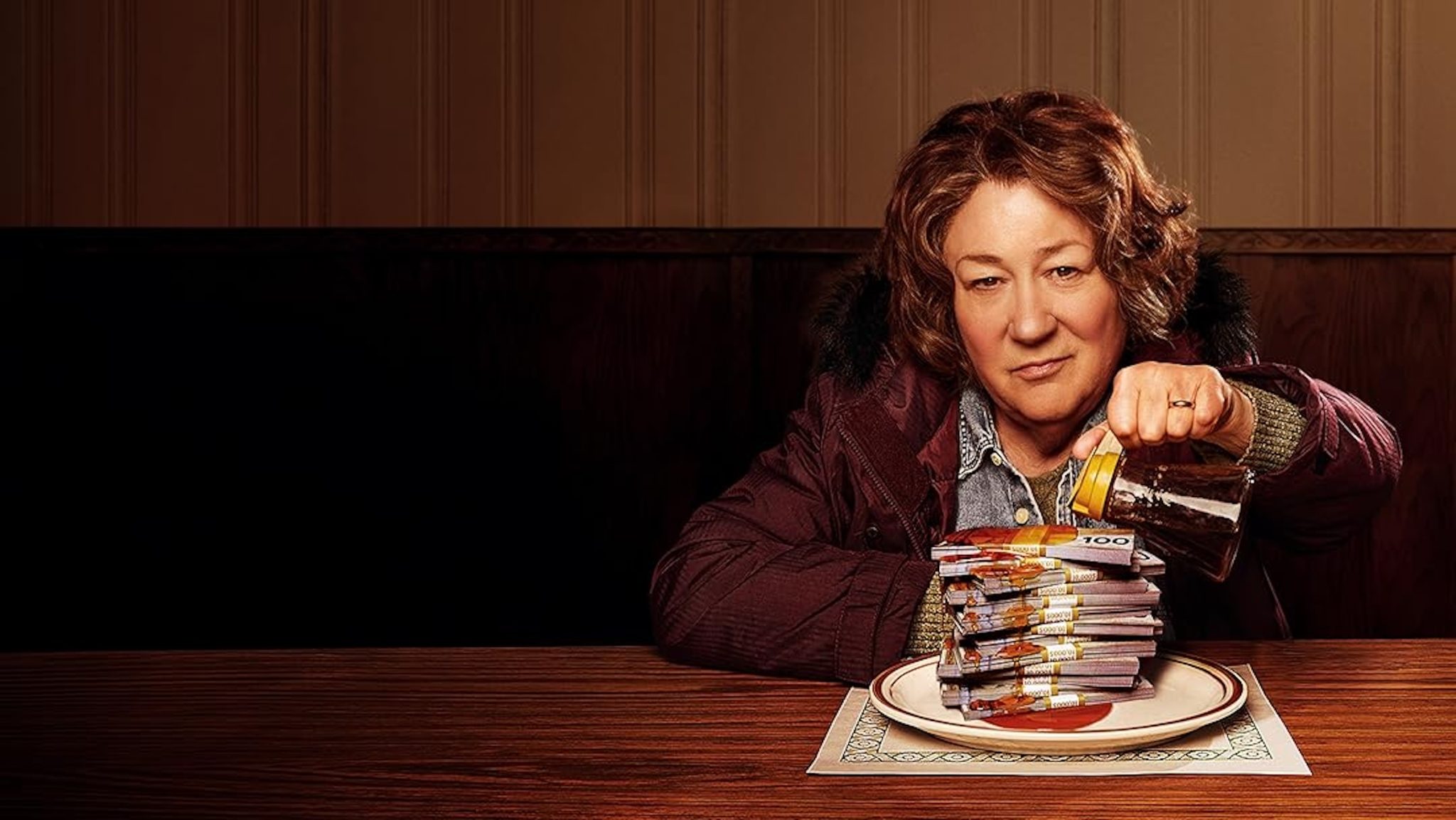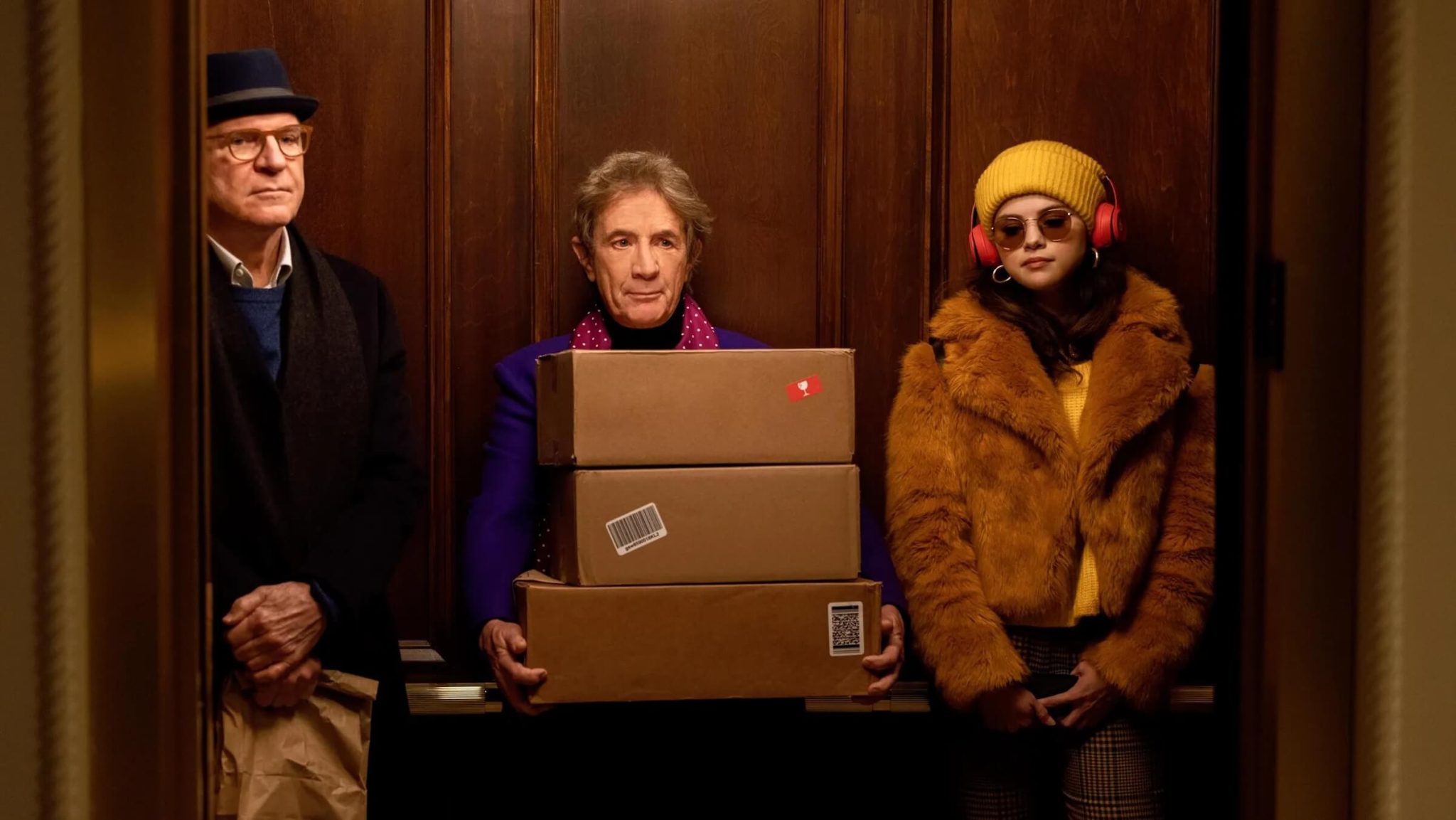How 'Fargo' Showrunner Noah Hawley Brings Chaos and Dark Comedy to the Middle of Nowhere
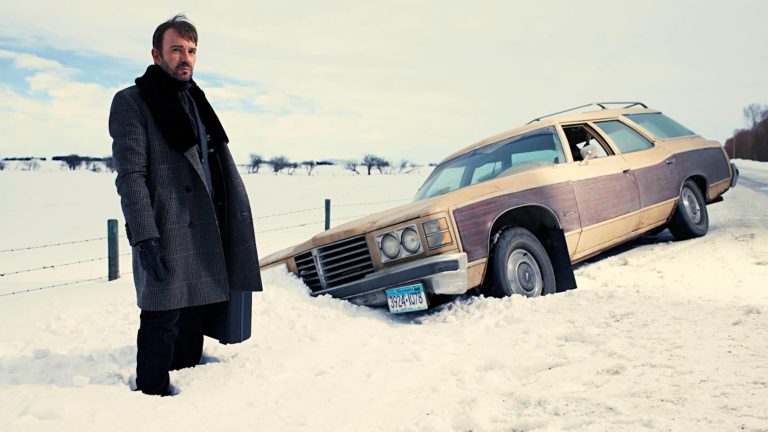
It should go without saying that the Coen brothers inspired writers everywhere with their taste of black comedy in Fargo, the movie from 1996. But when looking at the series with the same name, it becomes necessary to point out a few things that are similar and some that depart from that original story.
After all, Noah Hawley’s show takes a concept of the same flavor—introducing true crime genre material in a way framed by poor decisions and unfortunate mishaps—all within the same world: frigid, rural Minnesota.
Of course, the crimes that take place and the seasons that build on each are separate, forming an anthology with no real narrative relation to the characters shown in the ’96 film.
But what makes that so compelling? What was so attractive about the first Fargo, and what about Hawley’s creative take on it makes his series so well-loved? In so many words, it’s the balance of chaos and order that these characters embrace—the cold, dark world around them—that makes them shine.
Chaos as Fargo's Structural and Narrative Component
Hawley admits he doesn’t outline his fiction. He focuses on a single character, place, or event and builds on that, beginning a journey that leads to surprising results. The development he sees in his writing is usually a discovery, and that kind of change shows itself often in Fargo, with characters that can go from mild-mannered to outright devious from beginning to end.
Looking at Lester Nygaard (Martin Freeman) in Season 1 is one example of transformative writing. Though such a change for any character might be envisioned ahead of time by a writer, Hawley shows Lester enter his final state after a series of unfortunate events. Broken, mistreated, and introduced to an agent of chaos named Lorne Malvo (Billy Bob Thornton), Lester’s life changes forever and falls into immediate disarray in a single day.
But it’s not just the character arcs that form out of chaos.
Each season offers similar transitions in their beginnings as well. In each case, Hawley uses a sudden turn of events to invite change—a disruption to the order of small-town life. Those disruptions are then treated like fateful steps in a specific direction, despite all indications to the contrary.
Season 2 begins that chaotic step in the wrong direction with a hit-and-run—and it does not disappoint those who came for the wild outcomes. With more main characters with distinctly different moral compasses and a violent path ahead, this season becomes a delightfully disjointed prequel of sorts to the previous season, set in the late 1970s.
Chaos begins to shape the series in another way, as well, as each season introduces a different spin on the central premise. With each season, a circumstance escalates to heights that only true crime typically knows—where the situations that occur are so coincidental and so forced by circumstance that they almost seem impossible, apart from the reassurance that it could happen to you.
With each such escalation from these circumstances, the response from core characters will differ until each reaches a point of no return. And those internal changes are the chief embodiment of chaos within the series.
Read More: 3 Ways To Increase Conflict in Your Story
Consequences, True Crime, and the Order That Prevails
Just as every core character gets the chance to respond to chaos, so too do many Fargo characters represent order—and its flawed reach in the places where urban and rural sensibilities meet. From the small-town law enforcement that struggles against fate itself to the starting “status quo” of each season to boot.
Looking at Season 2, back in 1979, there was a clear pecking order established by the Gerhardt family. Their role in Fargo, criminal though it may be, makes them the picture of “order” as it were—out on their farm, fronted by a bakery, and making money off the usual avenues. When crime heir Rye Gerhardt (Kieran Culkin) is killed by a hit-and-run, that pecking order goes out the window.
Seemingly surrounded by observing UFOs, the events of this season are steeped in the period with a purpose—with no such sighting being a banal occurrence. But it also points to the idea that the heinous acts and the decisions made by Peggy (Kirsten Dunst) and Ed Blumquist (Jesse Plemons), for example, are being watched. That, in the heart of Luverne, Minnesota, where seemingly nothing happens, consequences and order are being enforced from “out there.”
Read More: Action, Reaction, Consequences: Exploring Your Hero’s External Arc
Grounding the Chaos
But despite such an element, there’s always a grounding component or two to keep you from forgetting that this turn of events, however unlikely, could happen.
It’s the illusion of true crime,” and anyone who’s a fan of Fargo (movie or series) knows that the claim is made each time in the hopes of generating that sense within the audience. Hawley confirmed that, for the show at least, those claims are also fictional, a part of the experience. But by saying that each season has its basis in fact, it establishes a sense of intimacy with the consequences, making the following events all the more chilling, even when they feel simultaneously ludicrous.
But of course, the element of true crime claims doesn’t erase the role that fate seems to play in Fargo, where circumstance is a character all its own. Whether entrenched in the selfie culture of 2010 or following racial violence in the 1950s, each story has a way of showing how events line up in an unbelievable manner that viewers have to step back in disbelief. But of course, we’ve been told it’s true crime. Why should we doubt it at all?
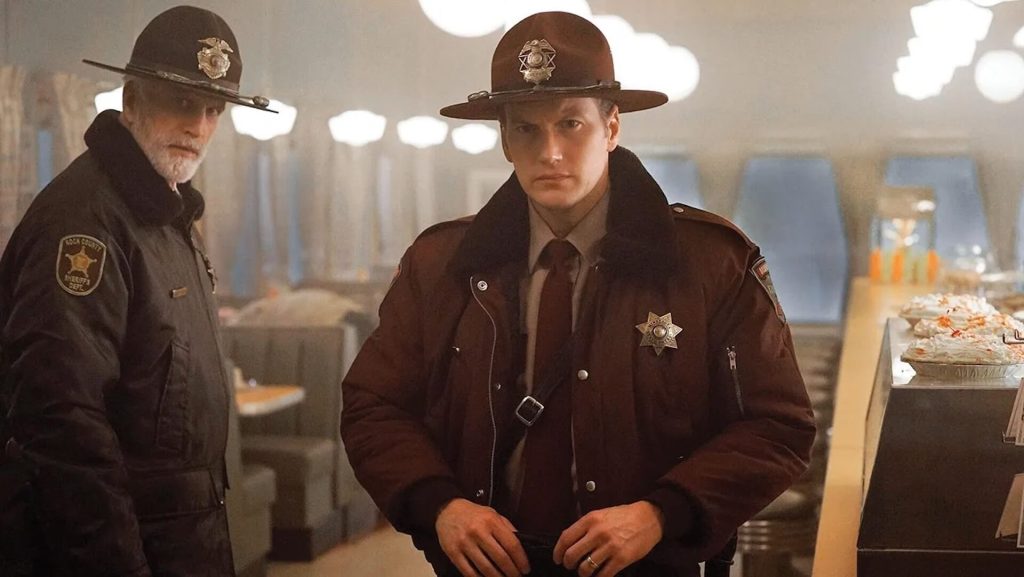
'Fargo'
Chaos, Order, and the World of Fargo
Despite the way the stories come about in bouts of chaotic exploration of characters and circumstances, it’s the legitimately architected feelings of “fate stepping in” that make the black comedy and criminal drama of Fargo feel so alien and intimate.
But there’s one last regular depiction of chaos and order that pervades the structure of the stories or the planning of the pieces that fall into place: the world itself.
Hawley admits that Fargo feels like its pieces belong within the context of a larger universe, but of course, in his style of writing, he won’t force the connections and over-architect that universe. What he has done, though, is reinforce a demonstration of how urban chaos and rural order are pitted against each other in a constant struggle.
On the edge of wilderness lie places like Minnesota—a central place to the crimes in each season—rife with people whose lives start with a tie to order. Whether that order is maintained by passiveness, a local crime family, or even sibling rivalries, it soon becomes violated. But each of these violations, it seems, happens when coincidence is at its height. Who should Lester meet when he enters town but Sam Hess, his old bully? And when he does, who should he meet in the hospital but that agent of chaos we know as Malvo?
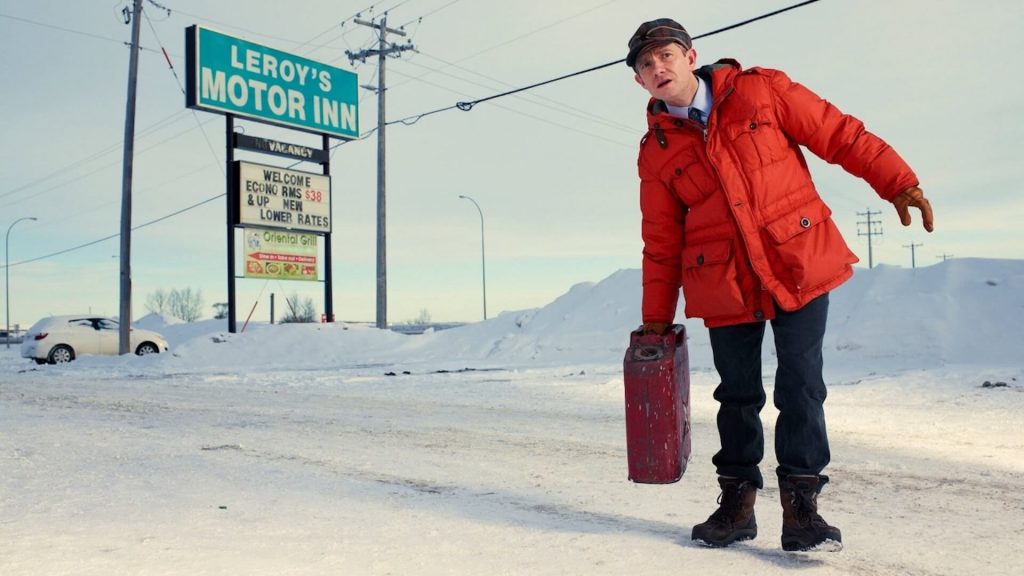
'Fargo'
When stuck in these situations where crossing paths is inevitable—when stuck in society, the urban trap in the middle of the wilderness—it’s then that we see humans react unpredictably. It’s then that we see them resort to animal instincts.
That these characters could communicate, all to avoid the more heinous futures that await them is a key truth in these stories.
It would seem that the unknown quantity of order suddenly becomes clear to these same people. Left to their own devices, it seems that only the intervention of accidents—and a seeming unwillingness to make the unknown known—are all that separates us from the characters in Fargo. And again, writing that claim about each season being true makes it all the more possible for an audience to see that connection.
Read More: ‘Speed’ Screenwriter Graham Yost on the Beauty of ‘Contained, Sustained’ Action Screenplays
Check out our Preparation Notes so you start your story off on the right track!

Tags
Get Our Screenwriting Newsletter!
Get weekly writing inspiration delivered to your inbox - including industry news, popular articles, and more!



